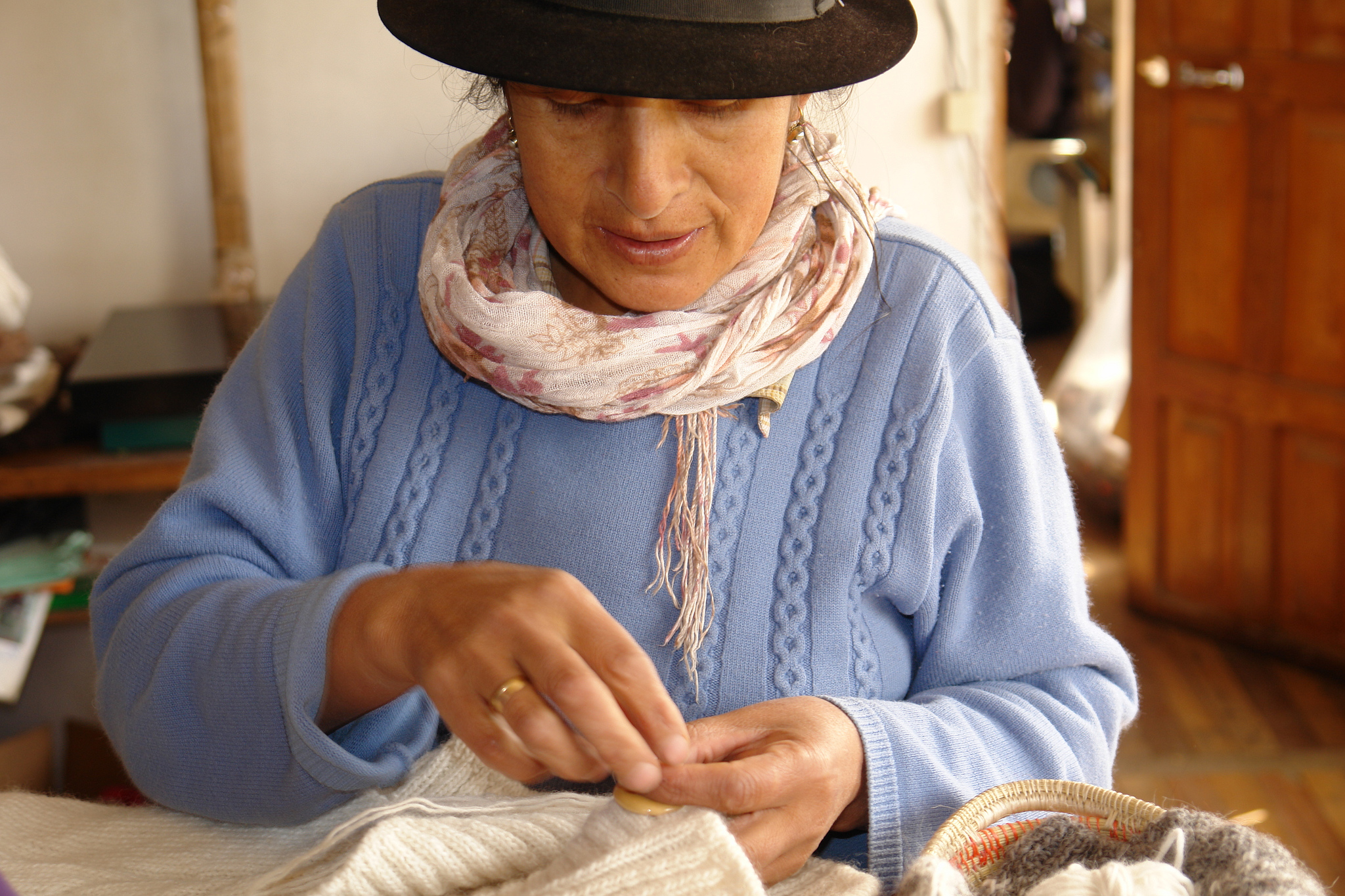Gender-lens investing initiatives around the world declare that mainstreaming gender in development finance and impact investing is about both men and women. Yet in most countries there are such egregious, multi-dimensional barriers to women entrepreneurs that these efforts are—and must be—primarily about advancing women’s access to capital.
The NESsT Fund: More Support and Capital for Social Entrepreneurs
As spring emerges in the southern hemisphere, the NESsT Fund is actively looking for additional companies that want to raise debt capital in the $50K - $500K range. The Call for Applications, active as of October 2019, aims to select 5-10 investment companies in the next two months to offer debt funds.
Reflections from UN Women Brazil in São Paulo
Investing in the Missing Middle, Greenbox
SME Financing Gap in Latin America
Building an Impact Economy in Peru
The Business Case for Gender Lens Investing: Calibrating Investor and Entrepreneur Expectations
Should the impact investing sector pioneer these practices into mainstream investing? Well, gender inclusion means different things to different people. It's important to define what we mean when using the terms "gender lens, gender equity, and gender inclusion" to make sure that everyone is aligned so that we move far in a few areas as opposed to moving slightly across many.
Investing in Indigenous Communities to Protect the Environment
Indigenous communities are the first ones affected by climate change, yet indigenous communities lack access to capital and markets to ensure their input in the current paradigm, which extracts more resources than can replenish the environment. Panelists Nicole Etchart Co-CEO, NESsT Paul Cyr of Raven Indigenous Capital Partners, Teresa Dunbar of the Swift Foundation, Carina Pimenta of Conexsus, and David Rothschild of Nia Tero discuss.















